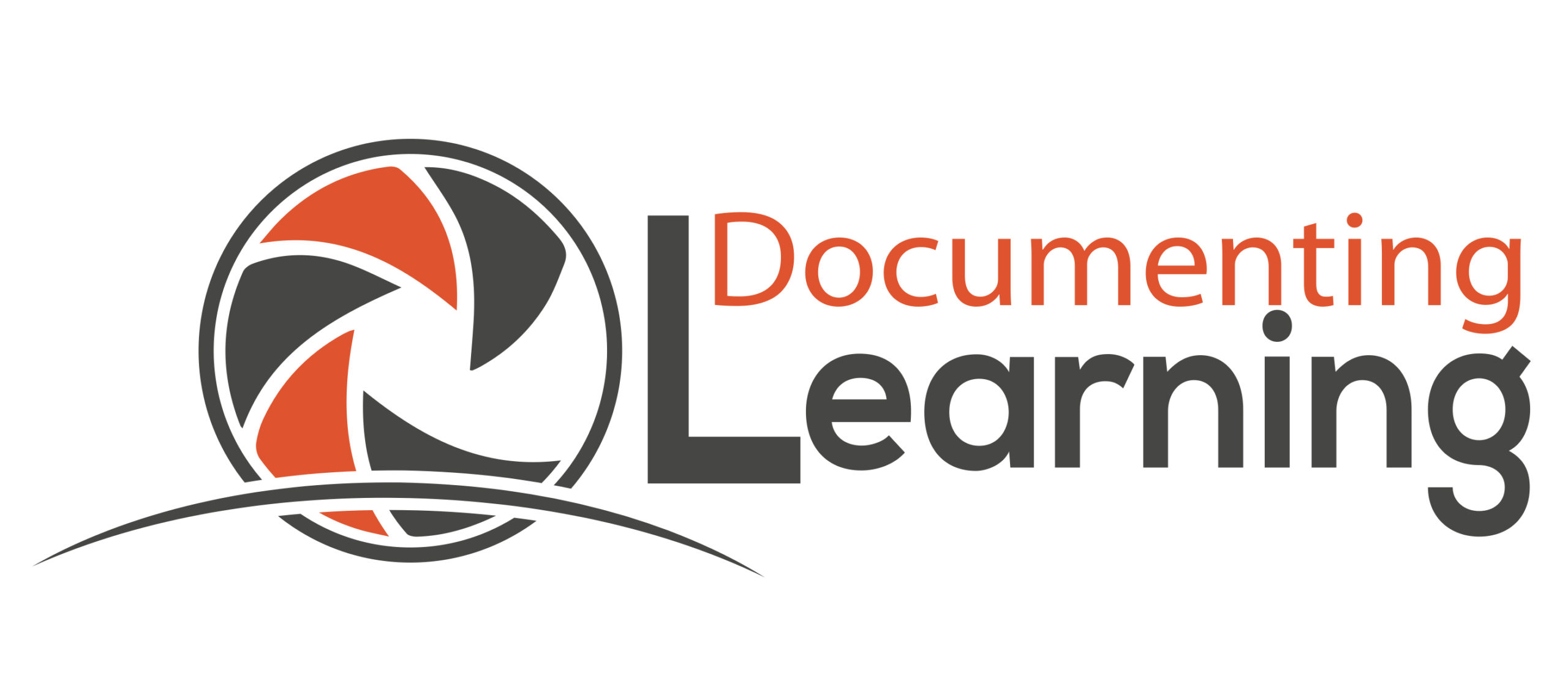Chapter 4: Documenting Engagement and Learning Layers
1. The variety of perspectives mentioned for each documentation layer are by no means exclusive as conveyed in Tables 4.1 through 4.4 in this chapter. As you explore documenting opportunities for each layer, what perspectives are you planning on applying? When you try a perspective, share and amplify your artifacts, which could be taking a photo and annotexting the image, or creating an annotexted video. You could write an explanation of how you implemented the selected perspective, as well as the results, by sharing and amplifying your thinking via a blog post, Twitter, or Facebook. Remember to use the #documenting4learning hashtag on Twitter, Facebook or Instagram; or by mentioning @documenting4learning on Facebook and Instagram, and @doc4learning on Twitter.
2. When students are the primary learners and documenting their personal learning, there are a variety of perspectives through which to view their learning context (see Table 4.1 in the chapter). Have your students choose a perspective and provide them planning time to figure out how they will incorporate the characteristics of the selected perspective in their documenting opportunity. Work with a colleague who will be doing the same with his or her students so that you can troubleshoot, debrief, and reflect (and document) this learning opportunity together.
3. As you begin or extend your documenting opportunities, you may notice there are additional learners present beyond the primary and secondary learner. We refer to these people as ancillary learners. They are ancillary because they are learning, but what they are learning is not the same focus or goal as the primary or secondary learners.
For example, when Janet was documenting her learning while being coached by a university film professor on creating quality videos someone had to be there to take the photographs of Janet working with her mentor. That person was Janet’s mother-in-law, Margaret Hale. Margaret had no clue how to operate a smartphone at the onset of taking the needed photographs. Due to her need of capturing Janet’s desired images, she pressed on through her frustrations and eventually became comfortable in her abilities to use an iPhone’s camera.
For a similar school example, a classroom aide has been asked by the teacher to record a series of lessons so she can see herself in pedagogical action, as well as her students’ reactions, which she will study and reflect on later. Before the aide uses a classroom tablet’s camera, she watched camera-angle techniques to figure out how to best capture the teacher’s viewpoint versus the students’ viewpoint. The aide’s learning was not an intended outcome; but it was worthwhile learning moment.
Can you think of a learning moment for yourself or your learners where an ancillary learner was involved? (Note: An ancillary learner does not need to be using a camera.) It can be a personal or professional example. Share your selected learning moment with a colleague, including your reasoning for the ancillary learning taking place. If you have a documentation artifact to support your reasoning, share and amplify it along with an explanation. If you do not, you can still write a reflective description and share or amplify it via a blog, Twitter, or Facebook post. Remember to use the#documenting4learning hashtag on Twitter, Facebook or Instagram; or by mentioning @documenting4learning on Facebook and Instagram, and @doc4learning on Twitter.

